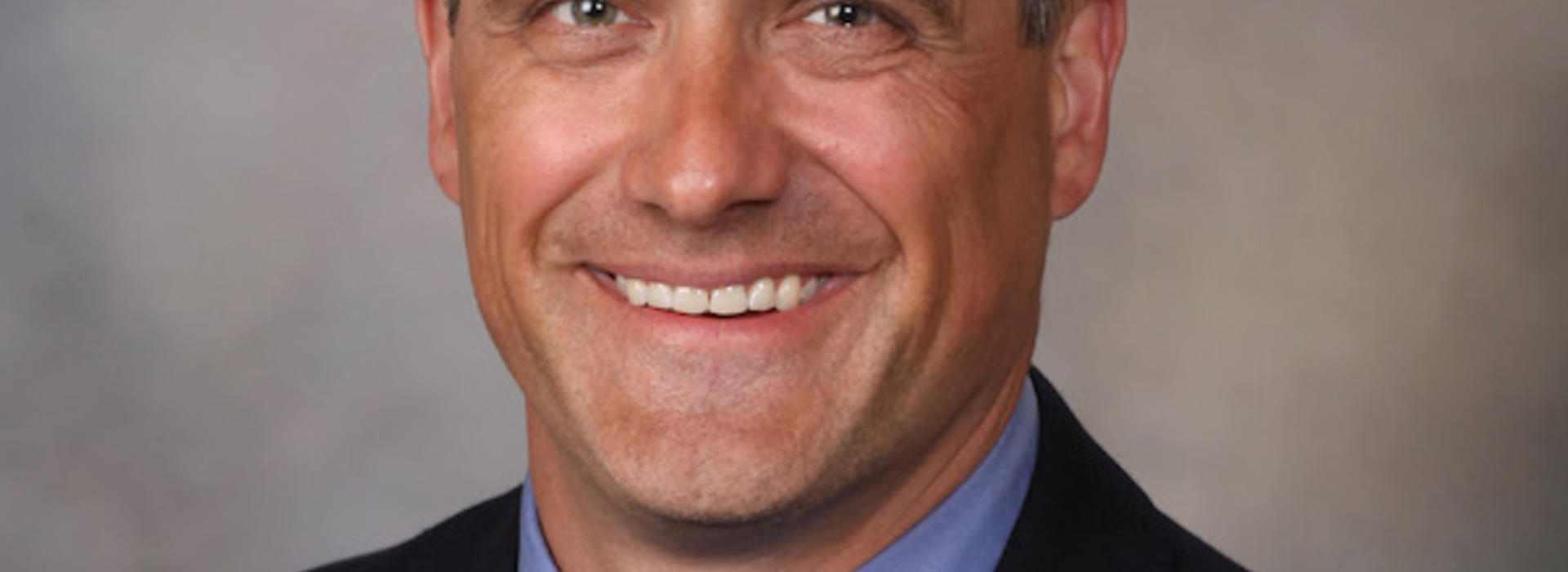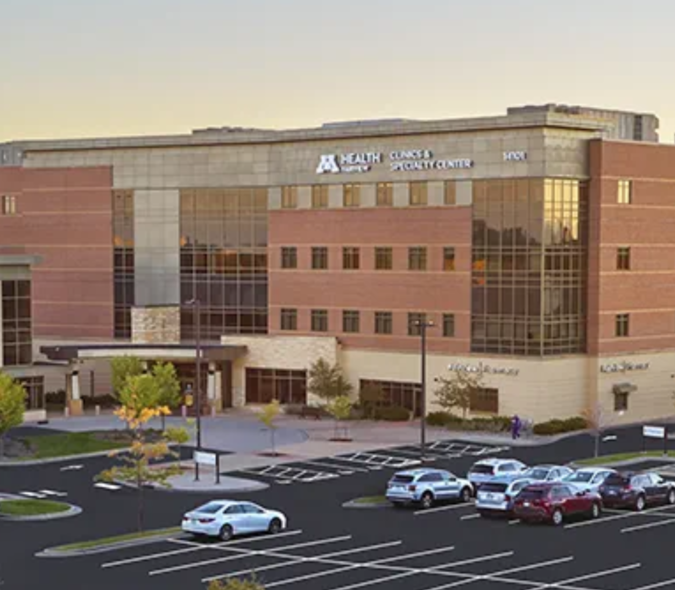
Alumnus William Cross, MD, Combines Passion for Orthopedic Trauma with Education, Research, and Leadership
Orthopedic trauma surgery is unlike other orthopedic subspecialties in that extremely complex and unpredictable cases can present in the emergency department at any time.
“What’s different about the trauma world is that you’re taking people at their worst and trying to get them back to where they were right before they got hurt,” said William (Woodie) Cross, MD, orthopedic trauma surgeon. “That’s really behind my passion for trauma.”
Cross is a Rochester native practicing at the Mayo Clinic. He did not always know that trauma was his passion, though.
“I didn’t know what I wanted to do in the world,” Cross recalls. “So, I joined the Navy right out of high school.”
Many of the skills honed in the Navy are useful in the world of surgery.
“I think that the Navy really makes you work on attention to detail,” Cross said. “When you’re in the military, you’re on your own and you really learn responsibility, which is something I lacked in high school.”
As it turned out, Cross was assigned to be a hospital corpsman in the Navy, and since the U.S. Marines get their medics from the Navy, he worked with Marines for about four years as a field medic. Cross’ first duty station was in Jacksonville, FL, where he worked as a paramedic. He was later stationed in Okinawa, Japan, the Philippines, and Twentynine Palms, CA. Because of this exposure to trauma, Cross began to gravitate towards a career as a surgeon. After serving for four years, Cross decided to follow his younger brother to St. Thomas for college.
“For the first time ever, he was ahead of me in school by two years,” he joked.
After completing an undergraduate degree in biology, Cross attended the University of Minnesota Medical School while his wife was getting her master’s in education. They decided to stay in Minnesota for residency, and Cross joined the Department of Orthopedic Surgery Residency Program in 2004.
“With the tutelage and guidance of Marc Swiontkowski, MD, and Peter Cole, MD, I decided to pursue trauma,” Cross said.
Cross graduated from the U’s residency program in 2009. At the time, the Mayo Clinic had recruited Bruce Levy, MD, from the U, where he and Cross had developed a close bond. Mayo was looking for a trauma surgeon and knew that Cross was from Rochester.
“Initially, I was a little skeptical about coming back to the small town of Rochester, but after living in the Twin Cities and traveling the world in the Navy, I realized that Rochester was a high-quality place for a family,” he said.
Since joining Mayo’s faculty, Cross has been an active part of resident education and has enhanced the learning tools and activities for their 62 residents. For example, Cross designed an educational program called Bridge the Gap that allows residents to practice realistic orthopedic scenarios on cadaveric samples. The day before the activity, Cross creates all sorts of different fractures in the specimens, and the residents come in to examine x-rays of the fractures. Residents then make their preoperative plan. The day of the activity, residents do the best job they can to recreate their plan. If their surgical technique is perfect, they get their names put on a plaque as recognition of their success and bragging rights to other residents. To the best of Cross’ knowledge, there are no other orthopedic residency simulation programs that take it to such a degree of realism. Needless to say, Cross’ active involvement and innovative teaching style is recognized by residents. In 2012, Cross won the Teacher of the Year Award. Cross says that his mentors during his U of M orthopedic surgery residency played a part in his teaching approach today.
“If I look back at residency, I recall some of the mentors that we had and their steadfast dedication to teaching,” he said. “They were always willing to give that extra little bit of help.”
Cross recalls a few times that Dr. Cole came in at 3:30 a.m. to help reduce pediatric forearm fractures that the residents were struggling with. He also remembers Levy allowing him to perform one of his first cases on call with him.
“These are experiences that I have tried to replicate in my own teaching here because I realize what an influence small gestures in residency really have on the resident’s development,” he shared. “No matter how small something may seem to us as a faculty member, it really resonates with our trainees when you take those extra steps.”
Apart from his active role in resident education, Cross serves as vice chair of the Department of Orthopedic Surgery at the Mayo Clinic and leads their recruitment committee. He also served six years as the chair of the Division of Community Orthopedic Surgery, which directed the Mayo Clinic Health System for orthopedics.
He also brought expertise around sacroiliac joint (SI) surgery to Mayo. One of Cross’ mentors, Marc Swiontkowski, MD, taught him how recognize and diagnose SI joint pain and understand the various causes of low back pain, along with methods of open SI surgery. David Polly Jr., MD, taught him to see and recognize SI joint pathology. When Cross brought the skill to Mayo, he learned that there was an unmet need in Rochester. He seized the opportunity to create the Sacroiliac Joint Clinic.
“Previously, we would send patients up to Minneapolis to see Dr. Polly or Dr. Swiontkowski,” Cross said. “I designed the clinic so that we could serve patients here.”
When Cross realized that there was still a need to refine SI joint services, he created an SI joint fusion system with the assistance of Mayo Clinic resources. This system utilizes a novel implant that has shown promising results. They are continuing to collect data on patients that have received these implants over the last year and a half, and plan to bring the medical device to the public once the data is validated.
“Probably a quarter of my practice now involves the SI joint, which was non-existent before I got to Mayo,” he added.
Cross is also heavily involved in primary trauma research at Mayo. He was the primary investigator for Mayo on the FAITH trial, which was an expansive, multi-center international trial designed to look at internal fixation for femoral neck fractures. The trial enrolled over 1,000 patients across the U.S. and Canada. Cross says they currently have two level I prospective, randomized studies going on. He feels that his orthopedic surgery residency at the U prepared him for a career that encompasses so many aspects of orthopedic surgery, education, research, and leadership.
“Since we had so many faculty at the U and rotated at six diverse sites, it gave me a broad exposure to different teaching styles, different philosophies, and different responsibilities at each institution,” he said. “I am forever grateful for their steadfast dedication to preparing us to enter practice as thoughtful and skilled surgeons.”



